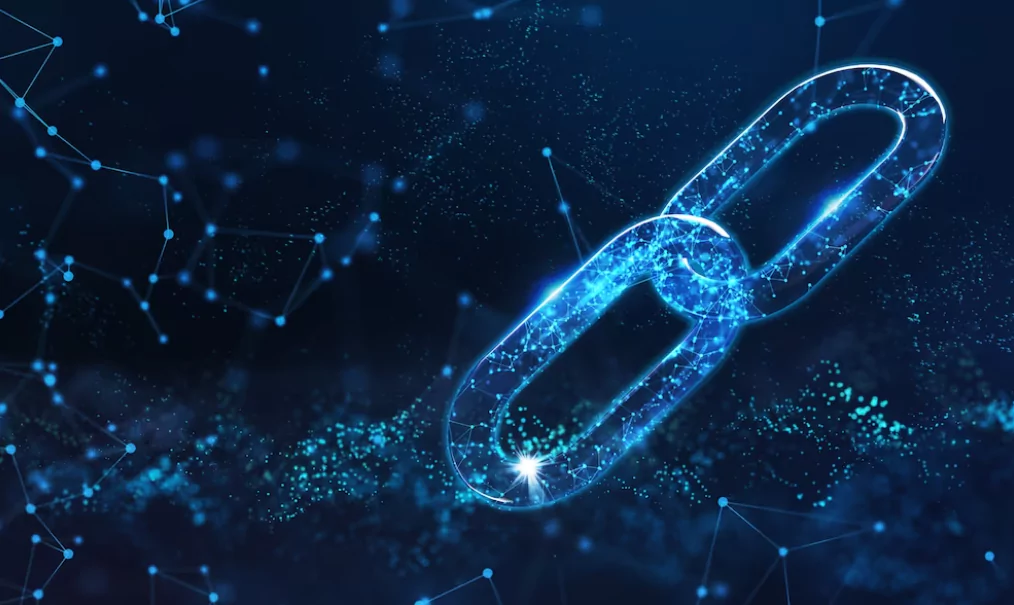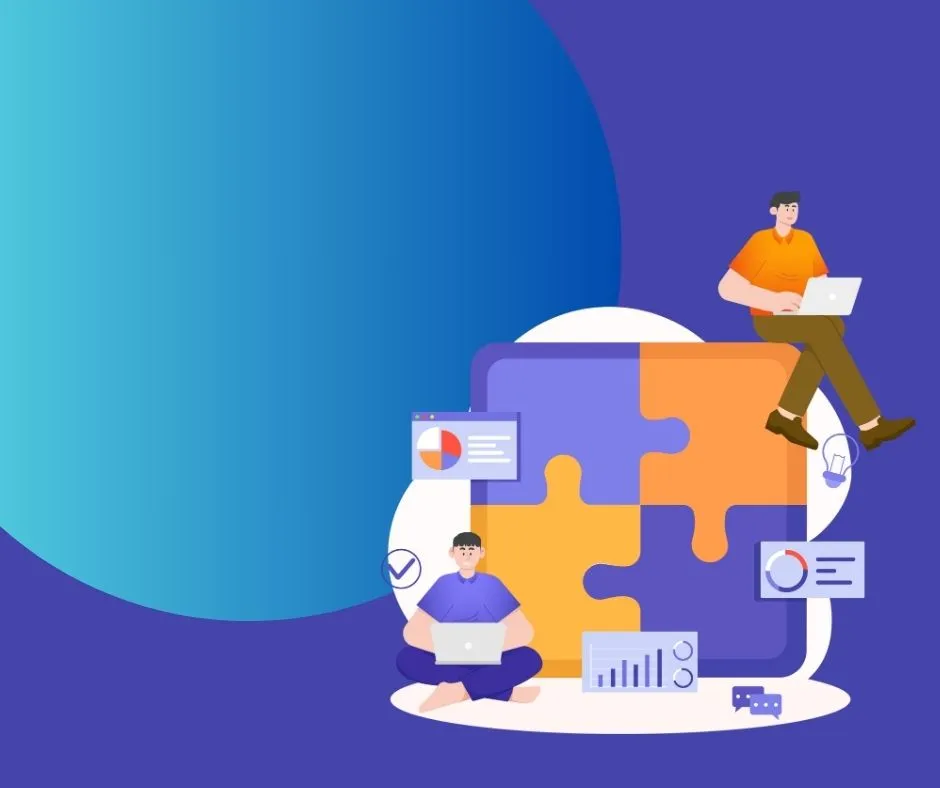How to Get High-Quality Backlinks to Rank a Website? All types of Backlinks Facebook Twitter …
Backlinks are referrals from one website to another, intended to increase the traffic, authority, quality, and ranking of the website receiving the backlink. It is a type of recommendation, i.e., a high-authority website acknowledges it. A website can provide useful information and be trustworthy. Building high-quality backlinks is essential to increasing a website’s authority, SEO, traffic, and rankings.
Why do search engines trust these links?
Let’s see. So, if you want to increase your website ranking and build natural backlinks, this blog will provide you with valuable information. Backlinks play a role in connecting and ranking a website on the vast network of the internet.
In the vast digital interphase, merely having a website is merely the starting line. The role of high-authority backlinks in ranking a website is vital. In this article, we will represent the significance of backlinks and discuss uncomplicated strategies for acquiring backlinks.
Table of Contents
Importance of Backlinks
Backlinks, also called inbound or incoming links, serve as bridges between websites. Search engines interpret them as signals of a website’s credibility and relevance. The more high-quality backlinks a site boasts the more authority it gains. It also impacts its search engine ranking.
Backlinks are the backbone of search engine algorithms. Websites with high-quality backlinks tend to ascend the ranks in search results, rendering them more discoverable to users.
Quality backlinks from reputable sources act as channels for organic traffic. When other websites link to your content, new users discover your brand, website, or business, and traffic increases.
Backlinks function as support from other websites and prove your website as a reliable and authoritative source in your niche or industry.

Strategies for Backlink Acquisition and Types of Backlinks
The base of a successful backlink strategy is producing content that’s valuable and relevant. Content that provides solutions, insights, or entertainment proves a natural source for organic backlinks.
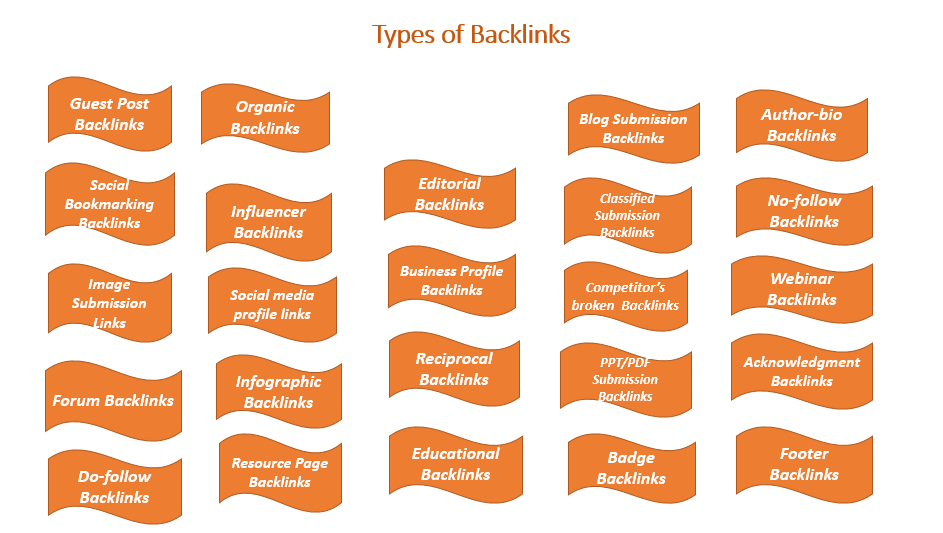
Guest Post Backlinks
Develop connections with other websites in your niche and propose through contributing guest posts. When you post content from your website to another website, you have the opportunity to include a link to your website in the content or the author’s bio. This way, you can link to your website by sharing a post on another website in your field.
Guest posts include links to your website, which gives the website traffic authority and exposure. Guest post backlinks are placed in articles or content that one site offers or includes as a guest on another host’s website.
A link to the guest website is added to the bio of this content on the other website, increasing the guest website’s ranking and traffic. Search engines love these links and see them as trustworthy. This shows that the website is reliable and its content is valuable. These links increase the credibility of your website in the eyes of search engines.
Guest posting backlinks are an important part of a “white hat” SEO strategy. These links are legitimate ways to increase the quality of a website and are therefore considered high-quality links because they follow standard practices. And come from authentic sources. These links have a positive impact on your site’s SEO.
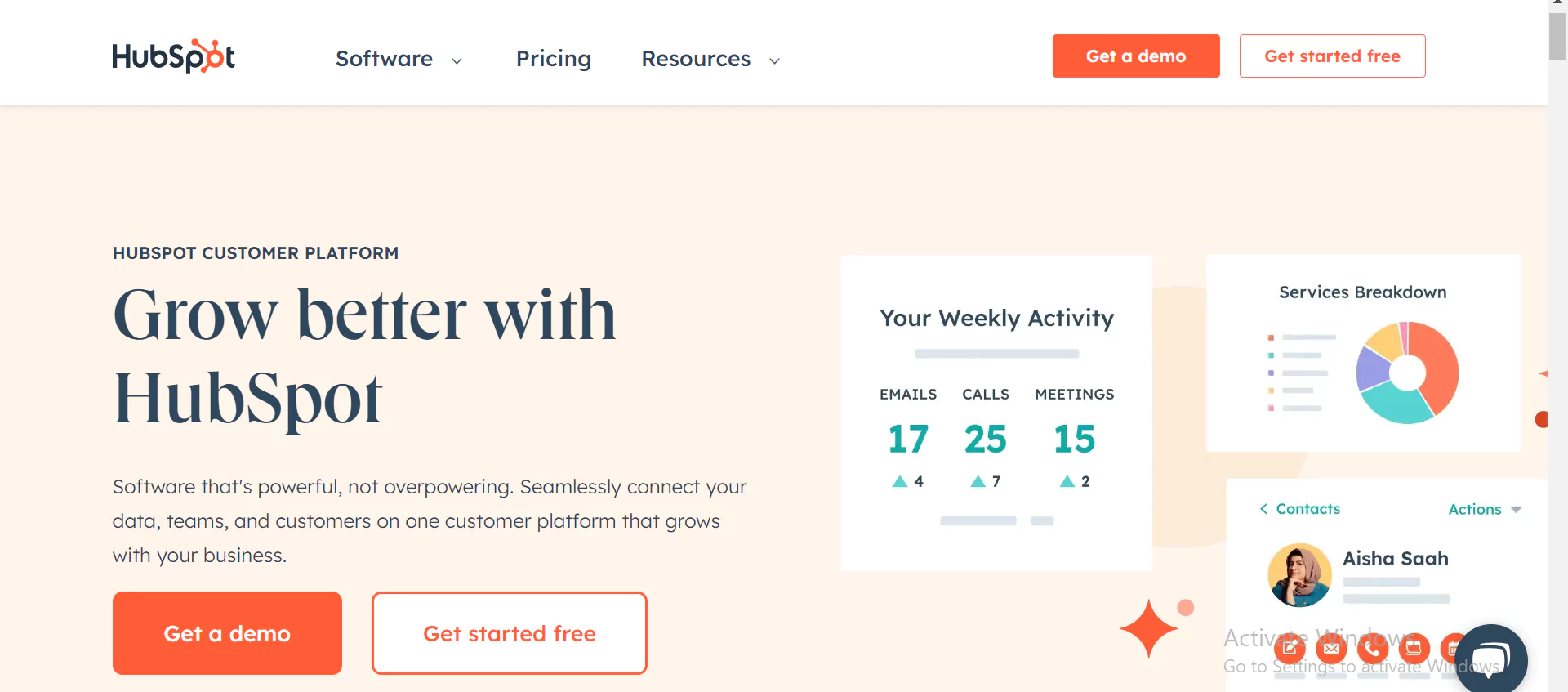
Influencer Backlinks
You can share your content and link back to your website by building relationships with influencers in your industry. Influencer backlinks grab the credibility and reach of these key figures. Engage with influencers in your industry through social media or other channels. Genuine connections may lead them to share your content and link back to your website.
Social Bookmarking Backlinks
Social bookmarking links are links that are placed on social bookmarking platforms. These are the platforms where website links are allowed to be saved and shared. These links help increase SEO and traffic to the website. Through social bookmarking platforms, the website content is shared with the audience. These links are a strategy to improve off-page SEO. These links do not directly affect the ranking of search engines but indirectly affect the ranking of the website. It is beneficial to share valuable content from your website on these platforms. It increases website traffic. Increases. To build high and long-lasting links on social bookmarking profiles, it is important to share high-quality and attractive content on them.
Social Media Profile Links
While, media profile links might not directly impact search rankings, they are pivotal in driving traffic. Sharing your content on social platforms extends its reach and promotes organic backlinks as a result. Social media profile links are similar to sharing your favorite spots with friends. Imagine you have various places online where you post updates and interesting things—these are like your virtual hangout spots on platforms like Facebook, Instagram, or Twitter. A social media profile link is essentially a web address leading to one of these spots. These links facilitate connections in the digital social sphere, and at times, they may also appear in search results when someone looks you up online.
Image Submission Links
Image submission links are much like creating a digital photo album to share your pictures. Imagine having some great photos that you’d like others to see. You upload these images to specialized websites designed for sharing visual content. When you include a link back to your website alongside these images, it becomes an image submission link.
Forum Backlinks
Join forums and online communities relevant to your niche. Engage in discussions and share your expertise. Create these types of links only when appropriate. Share your website link at appropriate times during discussions in forums. These backlinks can be important and can affect your online presence in different ways.
Organic Backlinks
Other websites find your content so valuable that they link to it naturally. These are organic backlinks, a genuine signal of approval from the digital community.
Editorial Backlinks
When a website’s editorial team considers your content worthy and decides to link to it, you have just earned an editorial backlink. These carry weight in the algorithms, signaling to search engines that your content is a trusted source. In this type of backlink, a link is created from one website to another. This is just like a high-ranking website saying that “the website it is linked to can find useful information or that such a website has authority. These links are from websites with high authority and domains to other websites. These links help search engines understand the credibility and popularity of a website.
Business Profile Backlinks
Establishing your business profile on directories or review sites can generate business profile backlinks. These links are crucial for local SEO and provide a digital trail for potential customers to find you.
Reciprocal Backlinks
Sometimes, websites agree to link to each other. These backlinks are called reciprocal backlinks. It is essential to ensure these links maintain quality and relevance.
Educational Backlinks
Educational institutions or academic websites might link to your content if it is informative and valuable. These are educational backlinks.
Infographic Backlinks
If visual content, such as images or infographics, is compelling, you can share it on an infographic or image submission. You can link your infographics and images to your site or a particular page. Others may use it on their sites with a link back to your content, giving rise to image and infographic backlinks.
Resource Page Backlinks
Some websites collect useful content on special pages. If your content fits well, you can ask to be included and get backlinks from these pages. This gives your website a good spot in an online collection. In the always-changing online world, having a variety of backlinks shows how connected your website is. Having lots of links is not important, but having ones that are good and related to your content is. These high-quality links can make your website stand out in the big online world.
Author-bio Backlinks
Author-bio backlinks work like giving someone credit for their work. Picture this: you’ve written an excellent article, and at the end, there’s a brief section about you with a link to your page. That link is what we call an author-bio backlink. These links can help establish your credibility and act as a digital signature, signaling, “I stand by this content.” Search engines, such as Google, often view these links positively, particularly from reputable websites.
Blog Submission Backlinks
Blog Submission Backlinks are very important and increase the ranking of a website. Blog submissions are done by linking to or contacting other websites to generate links of this kind. This way, blog submissions generate new leads that increase both website ranking and traffic. This improves the ranking of the website.
Sharing your blog on other platforms introduces your content to new potential visitors, like making new friends. Search engines, like Google, see these backlinks as a vote of confidence in your content. The more links are built on popular websites, the better your website’s ranking will increase. If a blog is relevant and of interest to users, they click on the link to access the website. This means more traffic, which is always a plus.
But remember, quality matters more than quantity. Having a few high-quality backlinks from reputable sites is better than having many from less reputable ones.
Classified Submission Backlinks
Classified submission backlinks involve posting your business information on classified ad websites, like putting up a virtual “For Sale” sign in your neighborhood. Here’s why it can be helpful: If your business serves a specific area, these ads can help you reach a local audience. If your ad is interesting, people browsing these sites might click your link to learn more. It increases traffic to your website. Search engines are like a mix of backlinks. Having some classified ads can contribute to this diversity. But be smart about it. Post your ads in relevant categories, focus on quality over quantity, and keep your ads updated.
Competitors Broken Backlinks
When your competitors have broken links on their site, it’s like finding an unexplored path. You can use this chance to create similar, high-quality content on your site and reach out to the websites linking to your competitor. Identify broken links on other websites and offer your content as a replacement. This strategy provides value to the website owner and allows you to secure a backlink. It’s a win-win: you offer a solution and, in return, gain a valuable backlink. It is a chance to offer an alternative if your competitor has useful information that people are linking to. Show that your content is just as good, if not better, and improve your website’s credibility in the eyes of search engines. But, always, be ethical. Provide value to both the website owner and their audience.
PPT/PDF Submission Backlinks
Sharing PowerPoint or PDF files related to your content on various websites can be useful for these reasons:
- Adding variety to how people engage with your information.
- Uploading files to different platforms can expand your reach.
- Contributes positively to your website’s SEO by providing another route for backlinks.
But ensure your files are relevant, high-quality, and respect copyright.
Free Tools Backlinks
Creating and sharing free tools on your website can be a smart strategy for these reasons:
- People love free stuff, especially if it’s helpful. It results in attracting traffic.
- Providing valuable tools establishes your expertise in your field and builds credibility.
- When people find your free tools valuable, they might share them on their websites, creating natural backlinks to your site.
Badge Backlinks
Badge backlinks involve creating badges or symbols related to your website. Other websites can display these badges if they want to show support, affiliation, or acknowledgment. These badges typically contain a link back to your website.
Are they useful? Yes, and here’s why:
- When other websites display your badge, it’s like them verifying for you. It can build credibility and trust among the audience, especially if the website displaying your badge is reputable.
- The badge serves as a visual link back to your site. This can attract new visitors who might be curious about your website after seeing the badge on a site they already trust.
- Search engines consider the quality and variety of websites linking to you. If reputable sites are displaying your badge, it can positively impact your website’s search engine ranking.
However, it’s important to use badge backlinks ethically.
- Make sure the badge is relevant to the content of the websites displaying it. It should make sense in the context of their content.
- A well-designed badge is more likely to be displayed. Invest in creating a visually appealing badge that others will be proud to showcase.
Do-follow Backlinks
“Do-follow backlinks” are like virtual support from one website to another. When a website gives you a do-follow backlink, it means they’re saying, “Hey, check out this cool site!” And it comes with a special tag that tells search engines, “Give this site some credit!”
They are very useful as:
- Search engines use these do-follow links to figure out how trustworthy and relevant your site is. The more reputable sites link to you, the more search engines think, “This site must be valuable!”
- When people read content on a site and see a do-follow link, they might click on it to explore more. It’s like a recommendation, and that can bring more visitors to your website.
- Getting links from respected sites helps build your website’s authority. It’s like getting a thumbs-up from the authority websites.
However, all links are not equal.
- It’s better to have a few do-follow links from reputable sites than a bunch from not-so-great ones.
- Links from sites in a similar field or topic as yours carry more weight. It’s like getting a recommendation from someone who knows their stuff.
- Do-follow backlinks are like online recommendations that can boost your website’s credibility, attract more visitors, and improve its standing with search engines. Just focus on getting quality links from relevant and reputable sources.
Webinar Backlinks
“Webinar backlinks” involve getting links to your website through hosting or participating in webinars. When you organize a webinar or speak in one, the host might include a link to your website in the webinar materials or on their website.
- Webinars often attract an audience interested in the topic. If your website is mentioned or linked during a webinar, it can bring direct traffic from engaged viewers.
- Being associated with a webinar can enhance your credibility. An example of this is if you are invited to speak at an event and you establish your authority by talking about your field.
Advantages of SEO
If the webinar host includes a link to your website in their promotional materials or on their website, it will be beneficial for your website’s SEO and ranking. Search engines see these links as recommendations. Search engines see these links as recommendations.
Here are a couple of things to consider:
- Ensure the webinar topic aligns with your content and interests your target audience. This makes the link more valuable.
- If you are presenting, make sure your content is engaging and provides value. This encourages attendees to visit your website for more information.
- Webinar backlinks can be highly useful for driving direct traffic, boosting credibility, and improving your website’s search engine ranking. Just make sure the webinars are relevant and well-executed to maximize their impact.
No-follow Backlinks
No-follow backlinks” are like virtual mentions that come with a little note saying, “Hey, I’m mentioning this, but I’m not verifying for it.” Websites use a special tag, “no-follow,” to tell search engines that they’re not fully endorsing the linked content.
How are they useful?
- Having a mix of no-follow and do-follow backlinks looks natural to search engines. It’s like having a variety of recommendations—some strong, some casual.
- Even though no-follow links do not directly boost a site’s search engine ranking, they can still bring in traffic. People might click on these links if they find the content interesting.
- When other websites mention or link to your content, it increases your brand’s visibility. It’s like getting your name out there, even if the link does not carry full SEO weight.
But remember:
- Even if a link is no-follow, it’s better if it comes from a reputable site. Quality links, regardless of the no-follow tag, can still benefit your website.
- No-follow or not, the link should be relevant to your content. It makes more sense and is more likely to attract interested visitors.
Acknowledgment Backlinks
Acknowledgment backlinks” refer to links that you receive when someone mentions or acknowledges your website on their site, often with a hyperlink to your content. It’s like a virtual sign or recognition from one site to another.
Are they useful? Absolutely, and here’s why:
- When other websites acknowledge your content, it adds credibility to your website. It’s like receiving a pat on the back from your peers.
- These backlinks can introduce your website to a wider audience. People who read about you on another site might be curious and click through to learn more.
- Search engines view acknowledgment backlinks as positive signals.
You should keep these points in mind:
- The more reputable and relevant the website acknowledging you is, the better. It’s like getting praised by someone respected in your field.
- Aim for these acknowledgments to happen organically. Create valuable content, and others are likely to mention and link to your site naturally.
- Acknowledgment links can only benefit a website’s reputation, quality, and traffic when the content written is reliable, high-quality, and useful.
Footer Links
Footer links” are links placed at the bottom (footer) of a website’s pages. These links are often part of the site’s design and are visible on every page.
They are also useful. Why:
- Footer links help visitors easily navigate through a website. It’s like having a map at the bottom of every page, guiding users to important sections.
- Search engines consider footer links when determining a website’s structure and content relevance. They can contribute positively to your site’s SEO by providing additional context.
- Important pages, such as contact information, privacy policies, or key services, can be conveniently placed in the footer. It ensures that visitors can quickly access crucial information.
However, it’s important to use footer links thoughtfully.
- Make sure the links in the footer are relevant to your site’s content and clearly labeled. A disarranged footer can confuse visitors.
- Do not overload the footer with too many links. Keep it concise, and prioritize the most important ones.
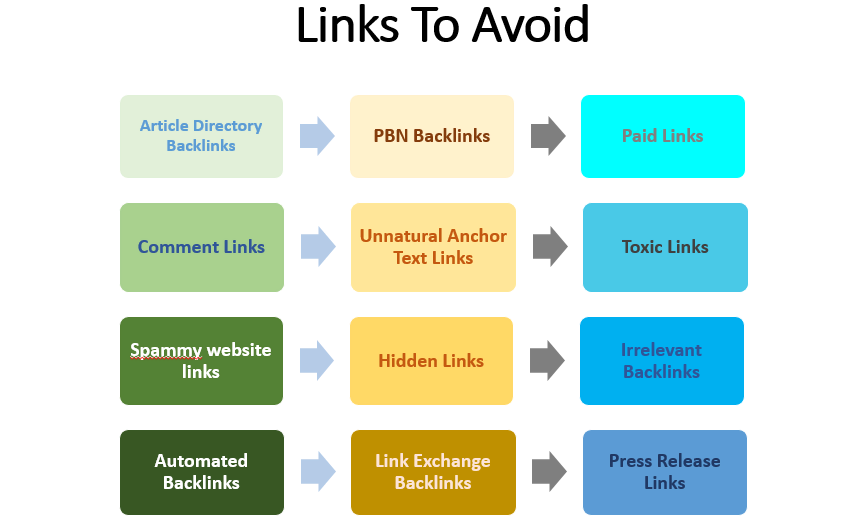
Types of Backlinks You Should Avoid
While getting backlinks for a website must check spam scores of the website to which you are getting backlinks, from online spam-score checker sites or tools, because all the backlinks are not useful. Some backlinks may harm your website.
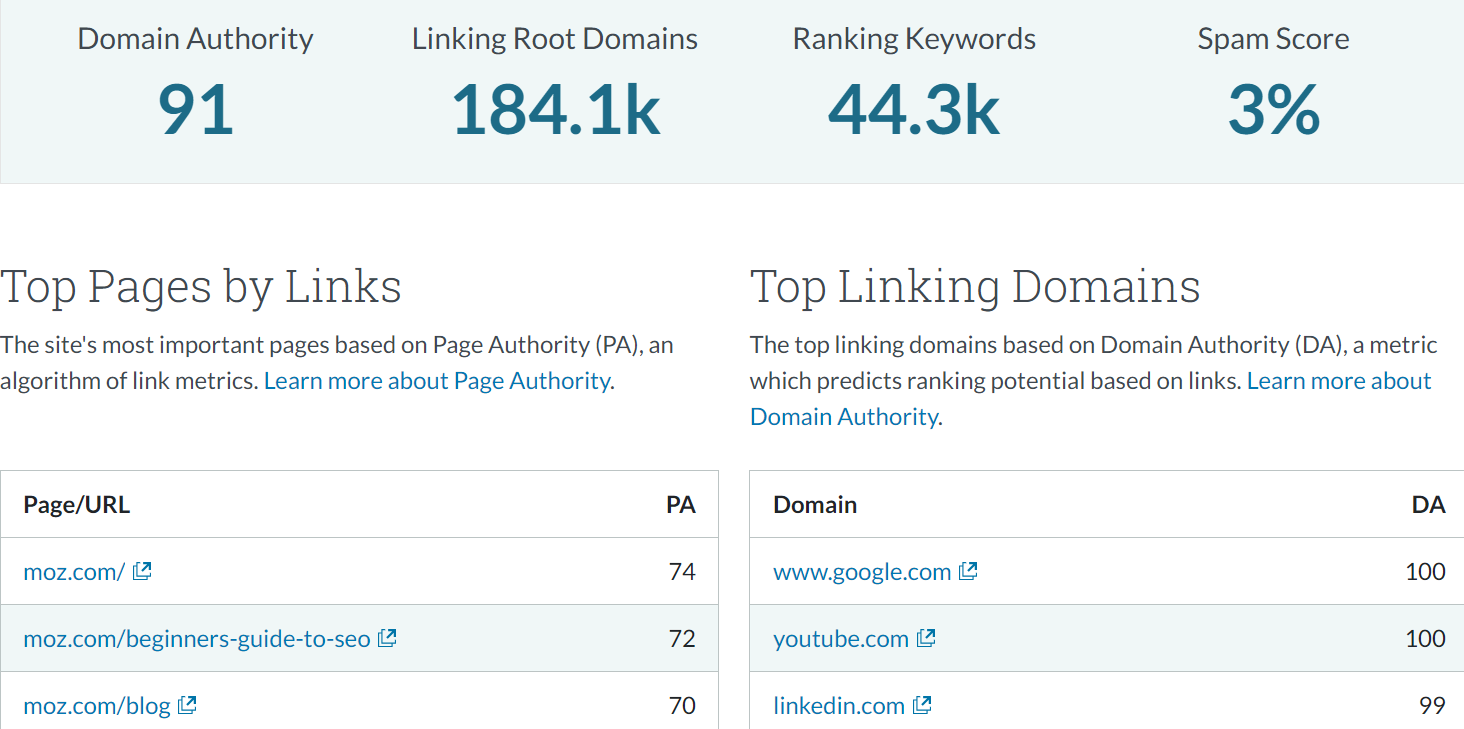
Toxic Links
Toxic links are like bad company for your website. Toxic links belong to spammy websites that cause damage to your website’s reputation and quality. These links come from sites that are designed to cheat search engines or systems. Search engines do not like these links, and if the number of these toxic links is high, your website may be penalized. So be careful with these links and protect your website from toxic links. If you have toxic links on your website, take advantage of the Google Search Console features to tell the search engine that you don’t want these links and to ignore them.
Unnatural Anchor Text Links
Unnatural anchor text links are a bit like using unnatural signs to point to your website. Imagine you’re giving directions, but instead of using natural and clear landmarks, you use strange symbols or words that don’t fit. In the online world, these unnatural anchor text links are links that use odd or irrelevant words to lead to your website. Search engines prefer links that make sense and use words related to your content. When they spot unnatural links, it’s like confusing directions, and it may affect how search engines see and rank your site. So, it’s better to use clear and relevant words in your links to help both people and search engines understand what your website is all about.
Spammy Website Links
Links from websites that are of low quality, spammy, or harmful are called spammy website links. These links may appear in various places on websites, but they are not liked by search engines because they are unwanted links. These links can damage the website’s reputation and ranking. Avoid linking to spammy websites and identify them. Be sure to check the spam score of a website before linking to it.
Hidden Links
Hidden links are like secret passages on a website. Hidden links are links that are hidden from public view, such as a link hidden behind an image, text written in white ink on a bold background, or similar hidden links. Sometimes website owners use hidden links to boost website ranking, trick search engines, or trick people into clicking on them unintentionally. These types of links are not liked by search engines, as they are considered deceptive and fall under the category of fraud. If they catch a website using hidden links to play tricks, it can lead to penalties, and the site may not show up as well in search results. So, it’s best to keep links visible and straightforward for everyone to see.
Automated Links
These are links that are created automatically without human involvement. It’s as if a computer program is responsible for placing links on websites or in comments. While this might seem efficient, search engines often dislike automated link-building because it can be misused. People might use automated systems to create lots of links quickly, which can lead to low-quality and spammy content. Search engines prefer links that are genuine and relevant, created through human thought and effort. So, it’s usually better to build links in a more authentic way to maintain a good online reputation.
Irrelevant Backlinks
Irrelevant backlinks are like talking about cooking in a car repair class. In the online world, they’re links from websites that have nothing to do with your content. Imagine you’re discussing cars, but suddenly there’s a mention of recipes—that’s not helpful, right? Similarly, irrelevant backlinks come from places that aren’t related to what your website is about. Search engines prefer links that make sense and connect to your topic. If there are too many irrelevant backlinks pointing to your site, it might confuse search engines and affect how well your site shows up in search results. So, it’s good to stick with links that match the theme of your website to keep things clear and useful.
Article Directory Backlinks
Article directory backlinks are like sharing your story in a big book that lots of people read. Imagine you wrote a cool article and wanted many to see it. So, you submit it to a special place online, a bit like a library for articles. In return, they let you add a link back to your website. This link is the article directory backlink. In the past, this was popular for getting noticed, but search engines now prefer quality over quantity. So, while it used to be like getting your name in a big book, today it’s more about being in the right book with good content.
Press Release Links
PR links are similar to receiving an endorsement from a trusted friend. These links originate from press releases, which are formal statements about noteworthy or significant developments concerning your business or project. When reputable sources or news websites include a link to your website in connection with these announcements, it constitutes a PR link. It’s alike to having these esteemed friends convey, “This is important, and you should take a look!” Such links contribute to enhancing your credibility and make it easier for others to discover your story when searching for compelling news.
Comments Backlinks
Comments backlinks are placed at the comment section of other websites, and a link of guest site is placed while commenting. The effect of comment backlinks is that they can contribute to your website’s search engine rankings. However, their impact is generally considered lower compared to other types of backlinks. Backlinks from comments can be no-follows and are not optimized in terms of SEO. With the modern algorithms of search engines, the importance of these types of links has decreased, so care should be taken in creating them as these links can affect the ranking of the website.
Link-exchange Backlinks
In this type of link, two websites link to each other on their pages to increase their ranking. In a way, both websites help each other, and their links also increase. In a link exchange, two websites exchange hyperlinks with each other to increase their ranking in search engines. It increases the ranking of the website. But according to the modern search engine algorithm, these links are not very important. However, search engine algorithms are becoming more advanced, and excessive or low-quality link exchanges can be considered manipulative.
Link exchange backlinks help with off-page SEO. In modern link building, these types of backlinks have become less important. For better SEO of a website, it is important to be careful in link exchange, and it is important to prioritize high-quality links. Search engines prefer organic, natural links that genuinely reflect the value and relevance of the content.
Paid Backlinks
“Paid backlinks” are links that you buy or pay for to be placed on other websites. It’s like a business deal. You give money, and in return, the other site puts a link to your website.
Why are they useful? Well, it’s a bit tricky.
- Paid backlinks can quickly get your website some visibility because you’re essentially paying to be seen on other sites.
- Search engines, like Google, don’t like the idea of buying links. They prefer natural links earned through valuable content. If they catch you buying links, it could harm your website’s ranking.
- If you decide to go this route, it’s crucial to choose reputable websites. Low-quality or spammy site links can hurt your website.
So, in short:
- While paid backlinks can provide a quick boost, they come with risks, so use them carefully. The search engine’s algorithm is smart, and you can hurt your website by using quick methods.
- If you do choose to go for paid backlinks, focus on a few high-quality links rather than many from questionable sources.
- Paid backlinks can offer quick visibility, but they come with risks, especially in terms of search engine optimization. It’s often wiser to focus on creating valuable content that naturally earns you genuine and organic backlinks.
PBN Backlinks
PBN Backlinks has a private group in which all friends talk about the merits of the same website and promote that website to the online world. People used PBN links to boost their website’s reputation in search engines, like a popularity vote. Search engines don’t like PBN links because this process is far from the natural backlink-building process. It’s just like trying to win over your friends by giving them a vote of confidence. PBN links were popular earlier, but with modern algorithms, their popularity has decreased, and these links hurt website ranking.
Conclusion
Acquiring backlinks is an essential aspect of online presence. By focusing on creating valuable content and implementing strategic efforts, you can elevate your website’s visibility, credibility, and search engine ranking. Always build meaningful connections within your online community for lasting success.
In summary, links are useful for site navigation, providing additional context to search engines, and making essential information easily accessible. When used wisely, they enhance the overall user experience and contribute positively to your website’s structure and SEO.
About the Author

Sara Lorel
Sara is a professional digital marketer and SEO content writer.
You might also like
SEO Optimization According to Google Algorithm 2023 Facebook Twitter Instagram Blogger Pinterest Medium Linkedin In …
In the digital world, where a lot of websites exist, it is necessary to make your website unique, attractive, and stand out. Being different increases success and makes a website grow and stand out from its competitors.
Freelancing platforms and job websites are online platforms that connect individuals or businesses. People can look for their jobs or businesses can hire freelance employees to work with them.
Join Our Free Courses & Offers For Free Services Now
At digitalelane, we are offering a number of free courses and services for limited time. Visit our courses and services pages for detail free offers.

